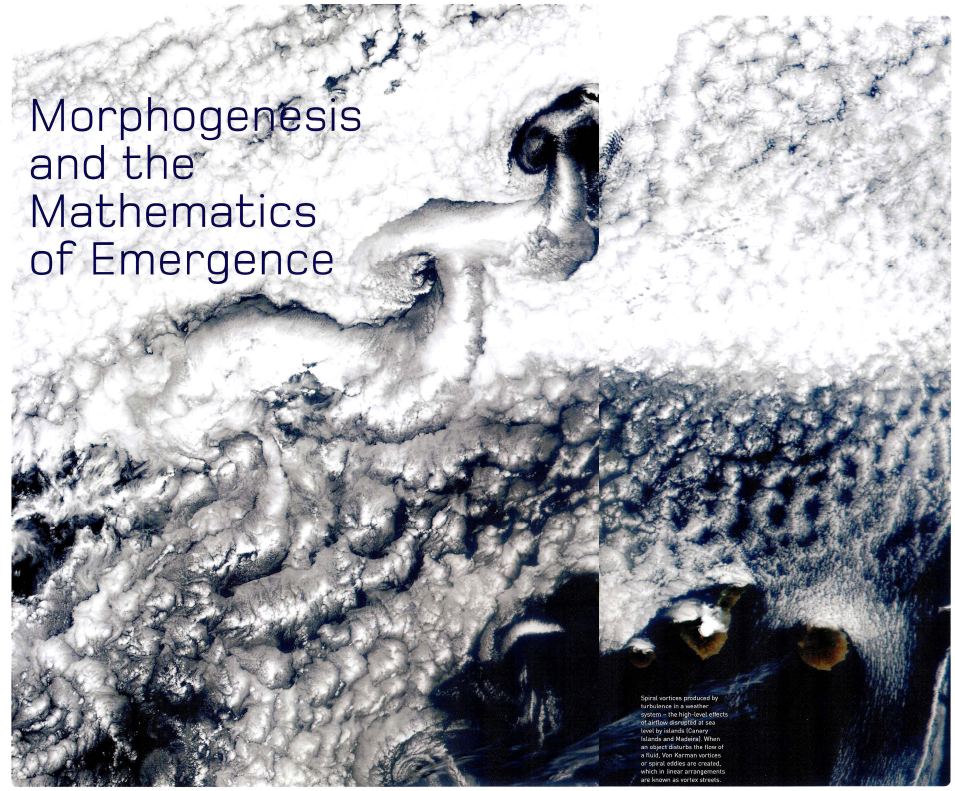
In this article, Michael Weinstock of the Emergence and Design Group reviews the mathematical basis of processes that produce emergent forms and behaviours, in nature and in computational environments. He presents an argument for a more comprehensive mathematical approach in architecture, in the context of a review of the origins and instruments of emergence in biology, physical chemistry and mathematics. The architectural consequences of this paradigm are outlined.
Emergence is a concept that appears in the Literature of many disciplines, and is strongly correlated to evolutionary biology, artificial intelligence, complexity theory, cybernetics and general systems theory. It is a word that is increasingly common in architectural discourse, where too often it is used to conjure complexity but without the attendant concepts and mathematical instruments of science. In the simplest commonly used definition, emergence is said to be the properties of a system that cannot be deduced from its components, something more than the sum of its parts. This description is perhaps true in a very general sense, but rather too vague to be useful for the purpose of design research in architecture. One can truthfully say, for example, that every higher-level physical property can be described as a consequence of lower-level properties. In the sciences, the term refers to the production of forms and ...
Get Emergence: Morphogenetic Design Strategies now with the O’Reilly learning platform.
O’Reilly members experience books, live events, courses curated by job role, and more from O’Reilly and nearly 200 top publishers.

